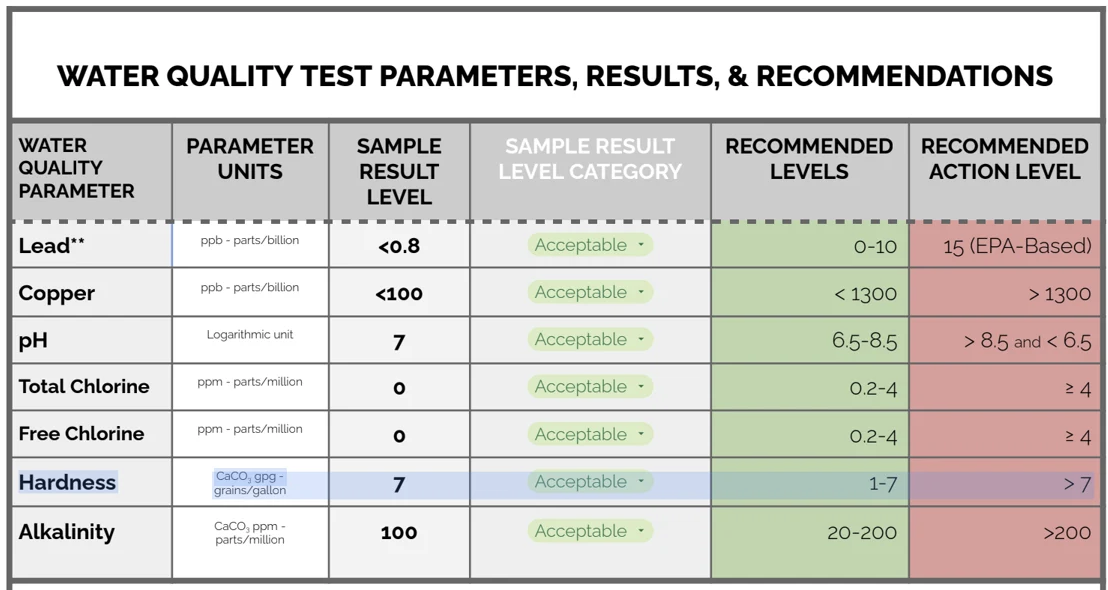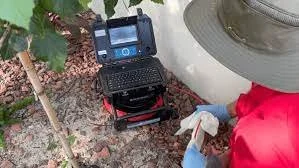The lifespan of a wood deck depends on several factors, including the type of wood used, the quality of the construction, the climate and weather conditions, and how well it is maintained. With proper care and maintenance, a wood deck can last anywhere from 10 to 50 years.
To ensure the longevity of your wood deck, it's important to keep it clean and well-maintained. Regular cleaning, staining, and sealing can help protect the wood from moisture, UV damage, and other types of wear and tear.
In general, a wood deck should be sealed or stained every one to three years, depending on the type of wood, the climate, and the level of use. A good rule of thumb is to perform a water test on your deck every year to determine whether it needs to be sealed. If water droplets bead up on the surface, the deck is still adequately sealed. If the water is absorbed into the wood, it's time to reseal.
Keep in mind that there are different types of sealers available, such as clear sealers, semi-transparent stains, and solid stains, each with different levels of protection and durability. It's important to choose a sealer that is appropriate for your climate and the level of use your deck receives. Additionally, regular maintenance such as cleaning and repairs can also help extend the lifespan of your deck.





